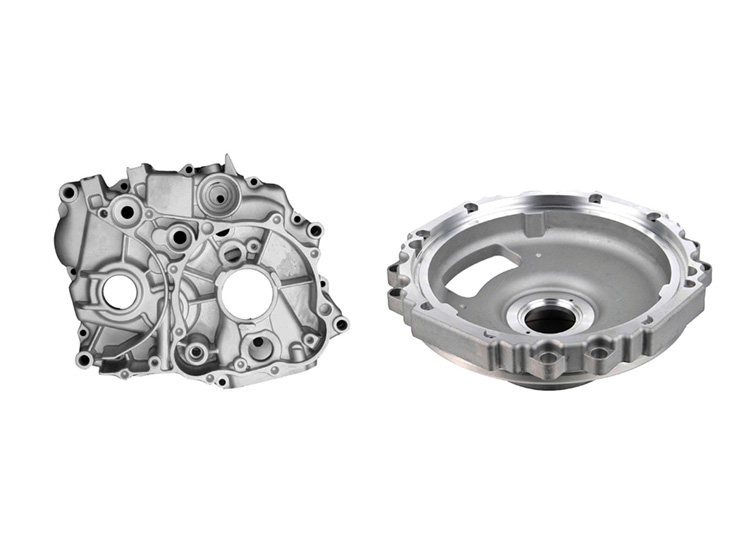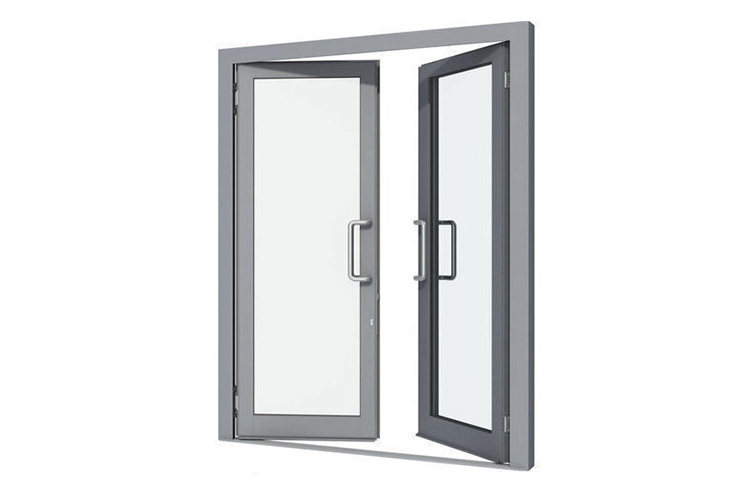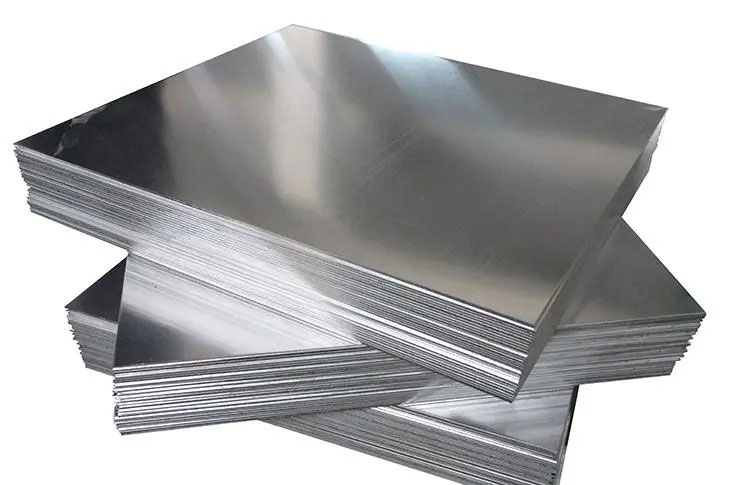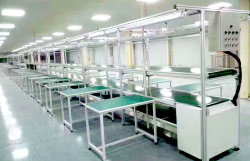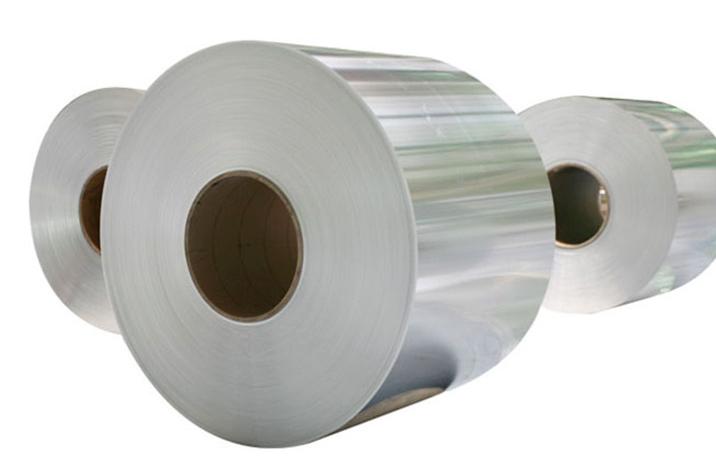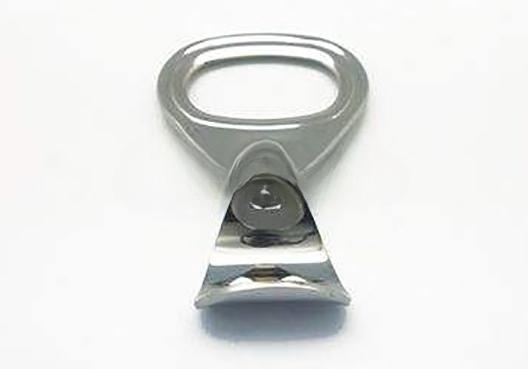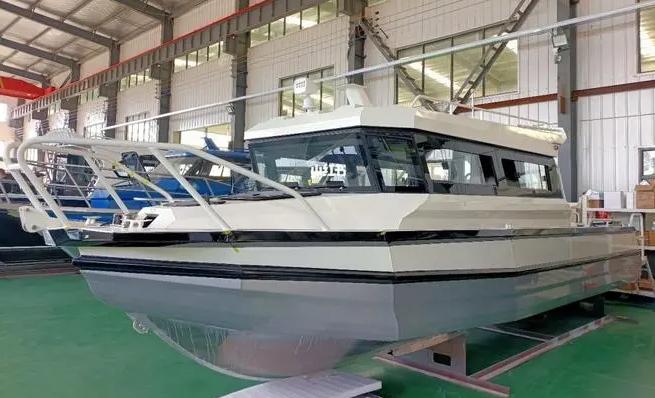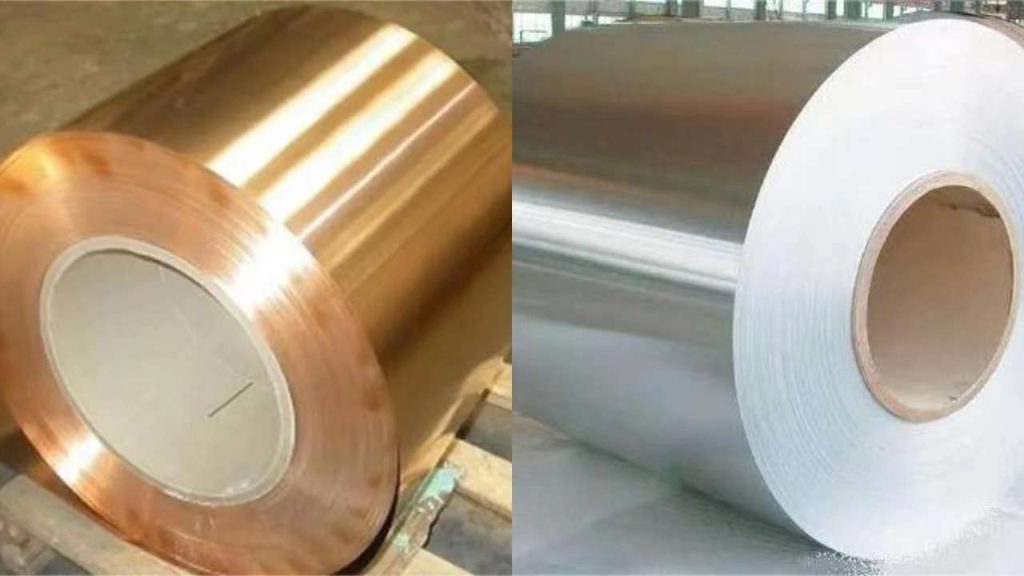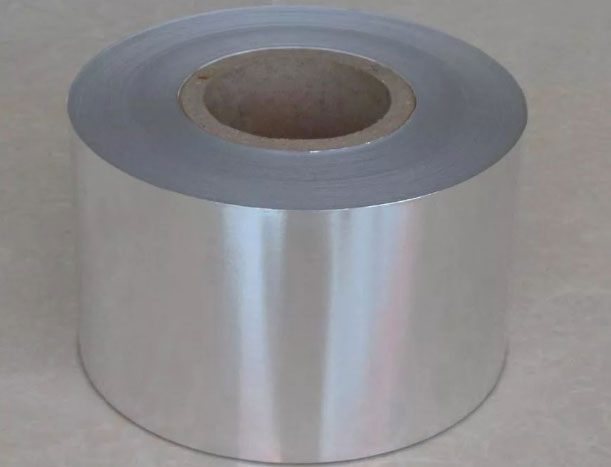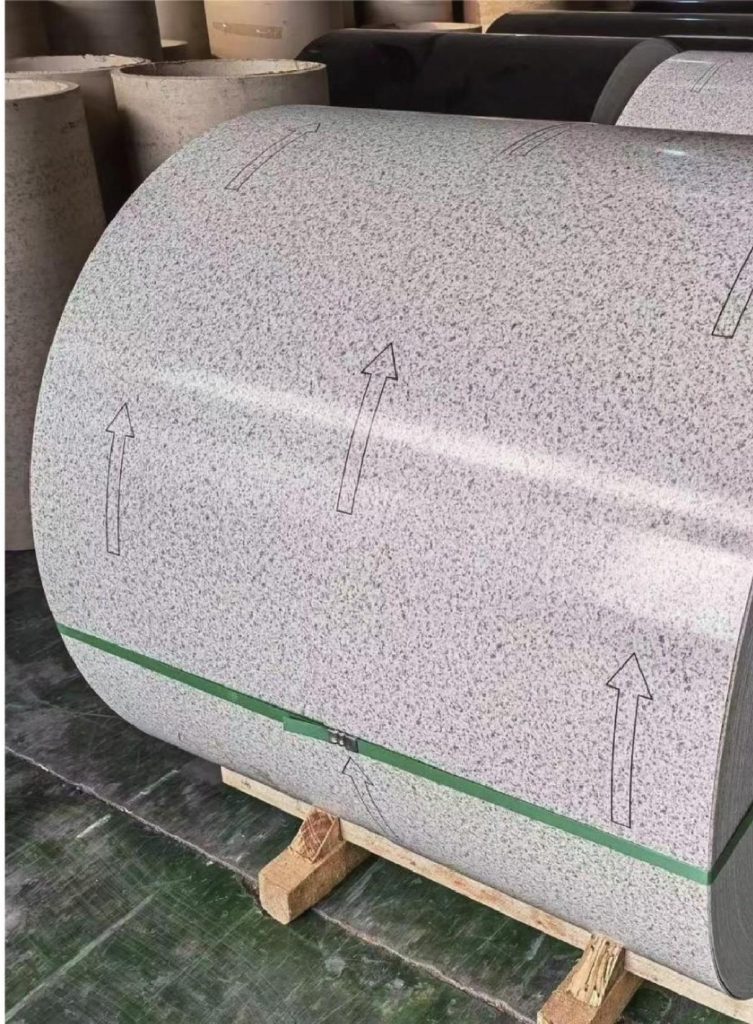After the aluminum die casting parts are produced, to make them look better and increase corrosion resistance, it is generally necessary to anodize the aluminum die casting parts. This article will describe one of the best anodizing methods for aluminum alloy die castings.
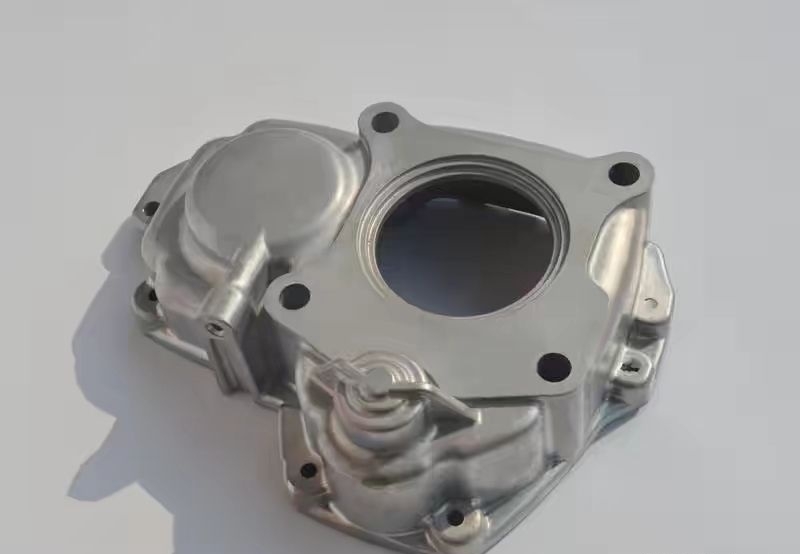
Why use aluminum die casting parts?
CNC anodized shells often have a high yield and good appearance and texture, but the cost is high, the amount of CNC is large, and the processing cycle is long. It is a typical case of high cost for high quality, such as the Apple series.
Taking the case of a mobile phone as an example, when CNC is used, it takes more than 30 minutes to complete the cutting, plus finishing operations, and it is estimated that it will take nearly an hour. The die-casting process only takes 20 to 30 seconds to form, and with the finishing process, the job can be completed in 10 to 20 minutes. The die-casting processing shell is formed by a mold, so the processing time is short and the cost is relatively low. However, die casting is difficult to anodize aluminum alloys.
Why is aluminum die casting parts difficult to anodize?
Anodizing treatment is the use of electrochemical methods. In a suitable electrolyte, the aluminum die casting parts are used as the anode, and the stainless steel, carbon rod, or aluminum plate is used as the cathode. Under certain voltage and current conditions, the anode is oxidized, so that the surface of the workpiece is obtained. The process of anodizing the film, so the oxide film is porous and can absorb coloring (the porosity of sulfuric acid anodizing is the most outstanding).
Limitations of sulfuric acid anodizing on aluminum alloy materials
1. The existence of alloying elements will reduce the quality of the oxide film. Under the same conditions, the oxide film obtained on pure aluminum is thicker, with higher hardness, better corrosion resistance, and better uniformity. For aluminum alloy materials, to obtain a good oxidation effect, it is necessary to ensure the aluminum content, usually not less than 95%.
2. In the alloy, copper will make the oxide film turn red, destroy the quality of the electrolyte, and increase oxidation defects; silicon will make the oxide film gray, especially when the content exceeds 4.5%, the effect is more obvious; iron due to its characteristics, in after anodizing, it will exist in the form of black spots.
Cast aluminum alloys and die castings generally contain high silicon content, and the anodized film is dark in color, and it is impossible to obtain a colorless and transparent oxide film. With the increase of silicon content, the color of the anodized film changes from light gray to Dark gray to dark gray. Therefore aluminum die casting parts are not suitable for anodizing.
Commonly used aluminum die casting parts can be divided into three categories:
1. Aluminum-silicon alloys, mainly including YL102 (ADC1, A413.0, etc.), YL104 (ADC3, A360);
2. Aluminum-silicon-copper alloys, mainly including YL112 (A380, ADC10), YL113 (A383, ADC12), YL117 (B390, ADC14);
3. Aluminum-magnesium alloys, mainly including 302 (5180, ADC5, ADC6).
For aluminum-silicon alloys and aluminum-silicon-copper alloys, as the name implies, silicon and copper are the main components in addition to aluminum; usually, the silicon content is between 6-12%, which mainly serves to improve the fluidity of the alloy liquid and reduce The role of shrinkage pores; the copper content is second only, mainly to enhance the strength and tensile force. The iron content is usually between 0.7-1.2%. Within this ratio, the demoulding effect of the workpiece is better; it can be seen from its composition that it is impossible for this type of alloy to be oxidized and colored, even if desalinization is used, It is also difficult to achieve the desired effect. However, for aluminum-silicon alloys or aluminum alloys with higher copper content, the oxide film is more difficult to form, and the formed film is dark, gray, and has poor gloss.
The oxide film of the aluminum-magnesium alloy is easy to form, and the quality of the film is also better, which can be oxidized and colored. This is an important feature that distinguishes it from other alloys; but compared with deformed aluminum alloys, there are also some shortcomings.
1. The anodic oxide film has duality, and the pores are large and unevenly distributed, so it is difficult to achieve a better anti-corrosion effect;
2. Magnesium tends to produce hardening and brittleness, reduce elongation, and increase thermal cracking, such as ADC5, ADC6, etc. In production, because of its wide solidification range and large shrinkage tendency, shrinkage porosity, and cracks often occur, casting performance extremely poor, therefore, there are relatively large limitations in its scope of use, and workpieces with a slightly complicated structure are not suitable for production at all;
3. The aluminum-magnesium alloy commonly used in the market, because of its complex composition and low aluminum purity, it is difficult to produce a transparent protective film during sulfuric acid anodization, mostly milky white, and the coloring state is also poor. It is difficult to achieve the desired effect according to the normal process.
In summary, it can be seen that sulfuric acid anodization is not suitable for commonly used aluminum die casting parts; however, not all aluminum die casting parts cannot achieve the purpose of oxidation and coloring, such as aluminum-manganese-cobalt alloy DM32, aluminum-manganese-magnesium alloy DM6, etc. Die casting performance and oxidation performance are excellent.
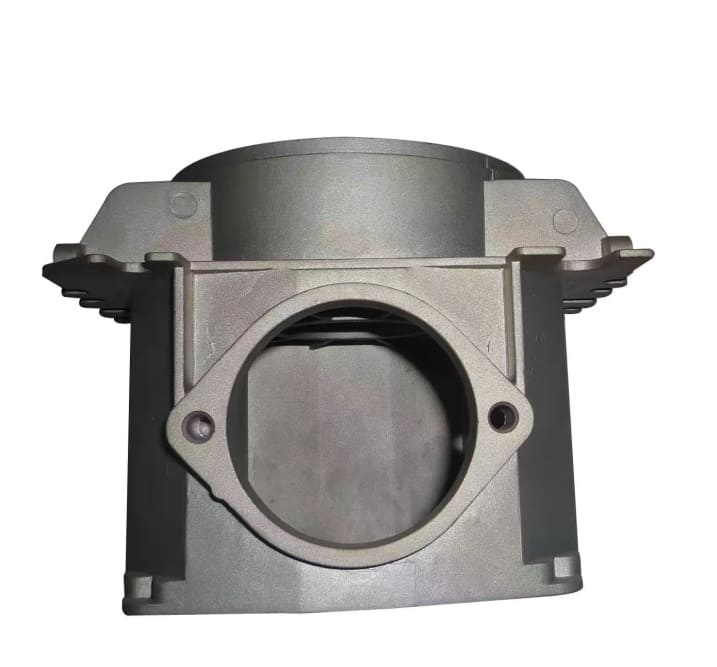
Die Cast Aluminum Anodizing Solutions
aluminum die casting parts can complete the structure, edges, and corners, and oxidation quality that are difficult for forging parts, car parts/CNC parts, and the quality of the aluminum die casting parts is very important. A small change and detailed process control determine the quality of the anode.
Manufacturers engaged in the oxidation of die castings must scientifically control the flow channel technology, aluminum die casting parts process, and post-processing methods of the mold. With this series of strict control processes, the smooth production of oxidation quality can be ensured.
The design of mold runners and gates, and the control of mold temperature; due to a large amount of aluminum in the raw materials, poor fluidity, and high working temperature, the runners and gates of the mold are designed based on the short-range design; the waterway should be used a mold temperature controller to ensure the equilibrium temperature of the mold to overcome local overcooling and excessive flow marks;
The use of raw materials avoids pollution factors; select raw materials with low impurity content; during production and use, eliminate the pollution of silicon, copper, iron, and zinc elements, that is, high-quality graphite crucibles must be used alone, and cannot be mixed with other raw materials for production;
Process control in the die-casting process reduces watermarks and black watermarks; professional mold release agents are used in aluminum die casting parts production, scientifically sprayed to reduce residual water droplets in the cavity and avoid die-casting watermarks; control die-casting pressure and speed to reduce local overpressure of filling, and easy to stick mold;
Pre-processing of blanks; after machining, manually polish or grind to remove burrs and oxide layers according to product requirements;
Selection of anodic surface treatment plant: Because the bottom layer of the die-casting skin contains shrinkage cavities and stains in different degrees; therefore, the anodic pretreatment must be based on the conventional aluminum alloy process, and the method should be adjusted so that the oxide layer on the surface of the casting is clean before the anodic process can be performed. , that is to say, the conventional post-oxidation process production cannot meet the oxidation process of aluminum die casting parts. Before mass production, there should be tests and audits to verify suitable professional aluminum die casting parts manufacturers.

